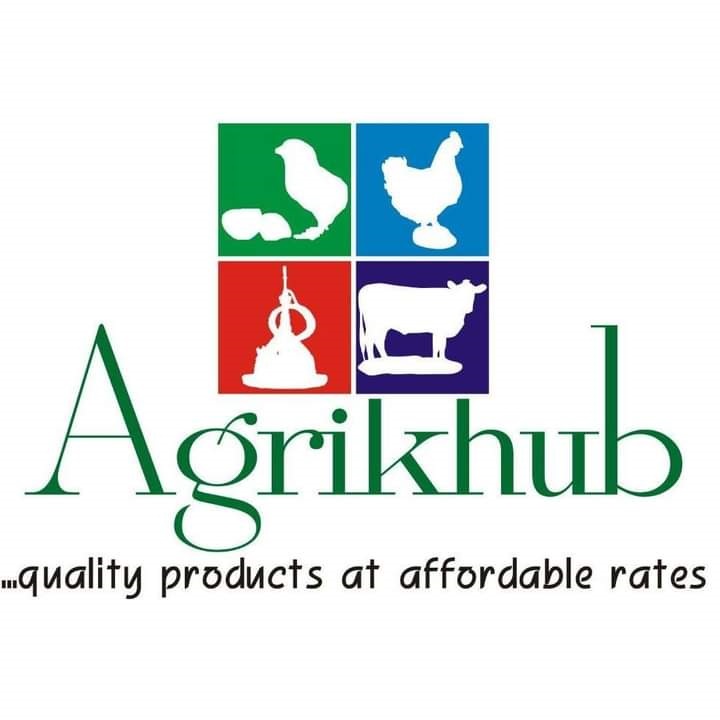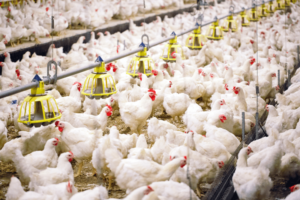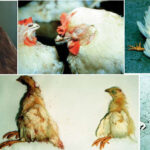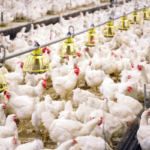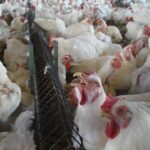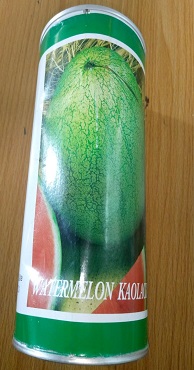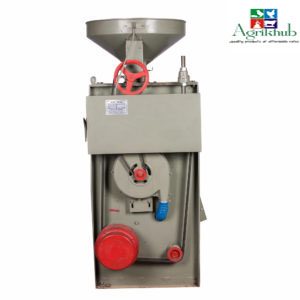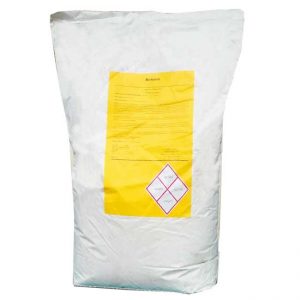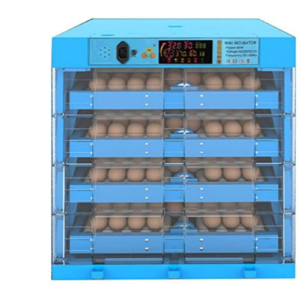
Unsurprisingly, respiratory diseases in poultry are a major cause of mortality and economic loss in the poultry industry. For Complicated Chronic Respiratory Disease (CCRD), for instance, although the clinical manifestations are usually slow to develop, Mycoplasma gallisepticum (MG), in combination with E. coli, can cause severe airsacculitis. Beside feed and egg production reduction, these problems are of high economic significance since respiratory tract lesions can cause high morbidity, high mortality, and significant carcass condemnation and downgrading.
Producers need to pre-empt the spread of respiratory pathogens, react quickly to alleviate respiratory distress, and maintain the mucociliary apparatus’ functionality. Traditionally, treatment options are based on antiviral, anti-inflammatory, and antibiotic drugs. Can the poultry industry limit losses from respiratory infections without excessive recourse to antibiotics?
Indeed, a sudden reduction in antibiotic usage comes with a risk of impaired performance, increased mortality, and impaired animal health and welfare. The impact has been quantified as a 5% loss in broiler meat production per sq. meter (Gaucher et al., 2015). Effective antibiotics reduction requires a combination of innovative products and suitable consultancy services to manage poultry gut health, nutrition, flock management, biosecurity, and, particularly, respiratory health.
Non-antibiotic alternatives to control diseases and promote broiler growth, such as organic acids, probiotics, prebiotics, and essential oils have been the subject of much research in recent years.
